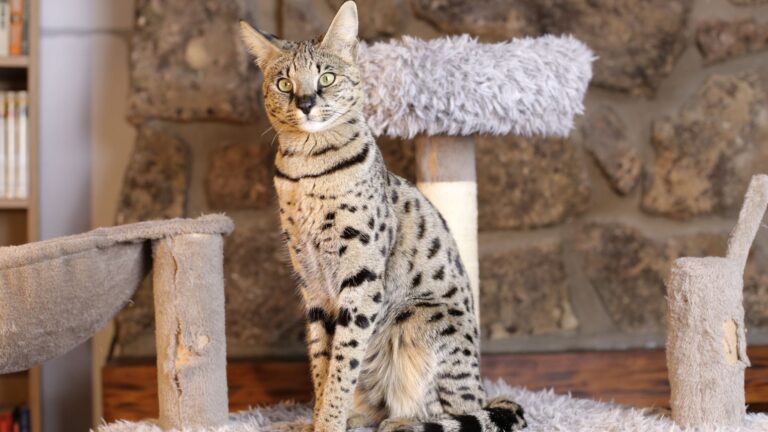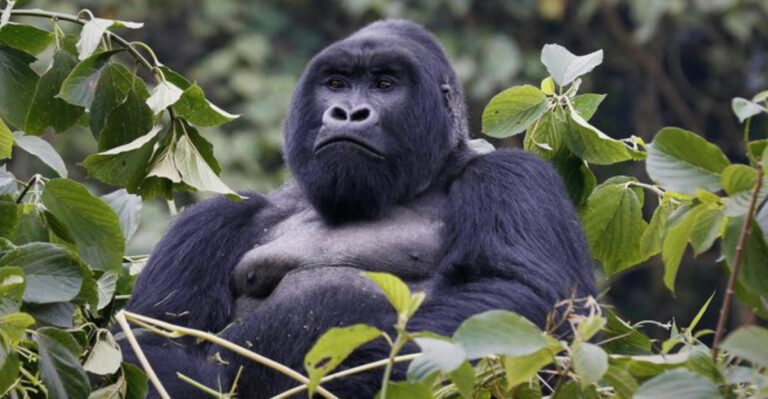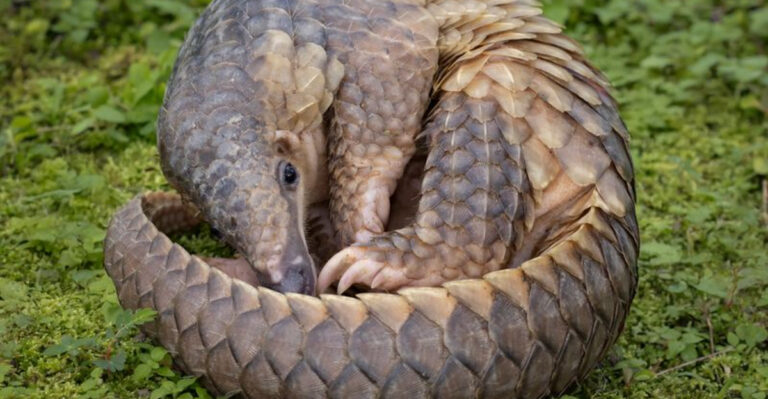15 Times Cats Showed They Can Grieve In Silence
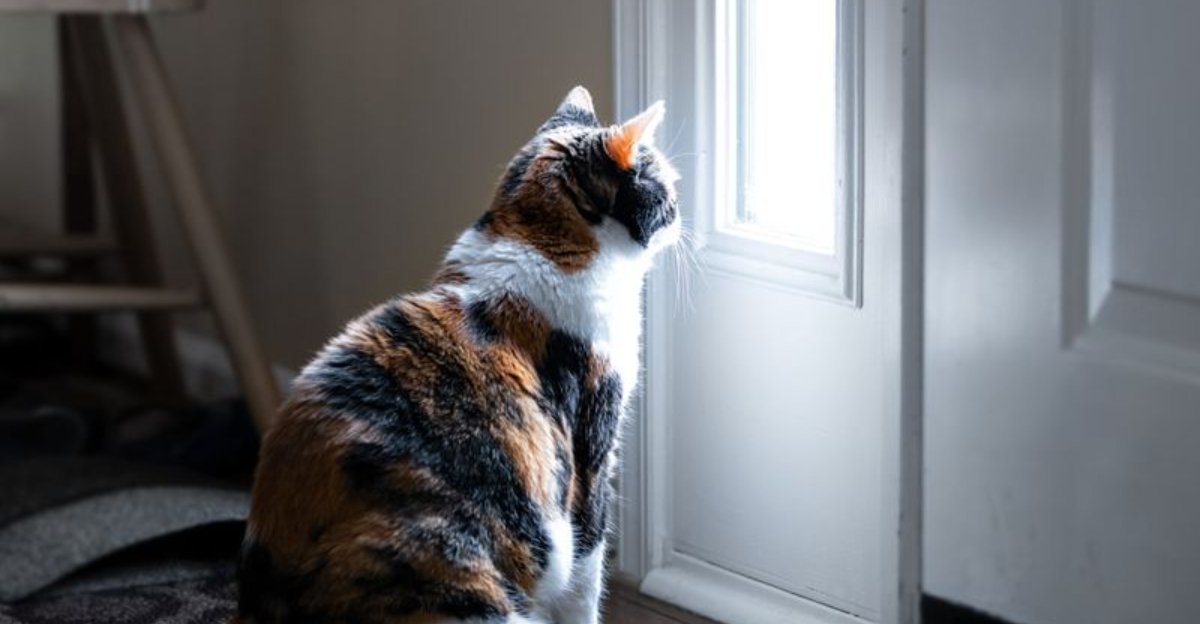
Cats, often seen as aloof and independent, have an emotional depth that can surprise even the most seasoned cat lover.
While they’re known for their playful antics and curious nature, they also possess a quiet capacity for grief that’s truly touching. Here are some moments that highlight how cats express their sorrow in silence, reminding us of their unique and profound emotional lives.
1. A Soft Whimper In The Night
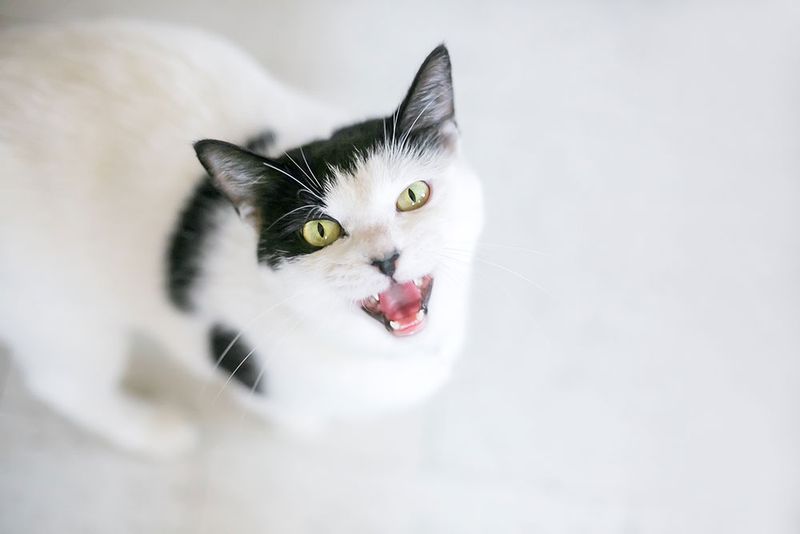
Ever heard a soft meow in the dead of night? Cats grieving over a loss can express their sorrow with quiet whimpers. This nocturnal lament is their way of communicating their loneliness.
The sound is soft, almost like a whisper, resonating with the silence around. It’s their subtle way of reaching out, seeking comfort in the stillness of the night.
2. Silent Vigil Beside The Window
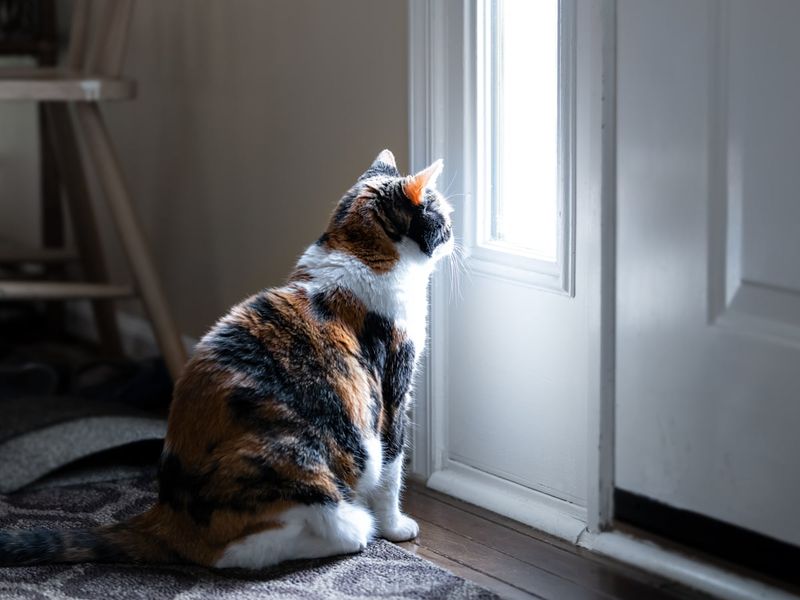
Cats have a way of sitting quietly, staring out of windows as if waiting for something—or someone. This behavior can sometimes be a sign of mourning, as cats silently keep vigil for their lost companions.
You might notice them in the same spot for hours, lost in thought. It’s a quiet acknowledgment of their sorrow, and a reminder of their deep emotional lives.
3. Refusing Their Favorite Treats
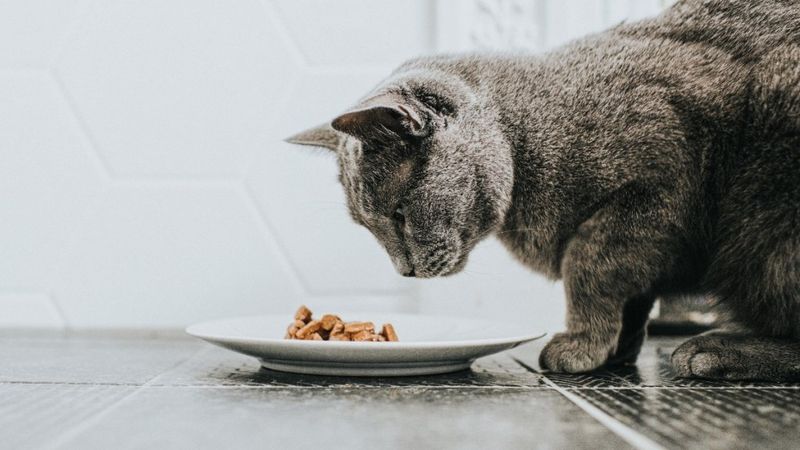
When a cat turns away from its favorite treats, it might be expressing grief. This behavior is a departure from their usual excitement over food. It’s their silent protest, an emotional response to a loss.
The refusal of treats, once eagerly anticipated, highlights how profoundly affected they are, showcasing their capacity for deep emotional experiences.
4. The Empty Stare
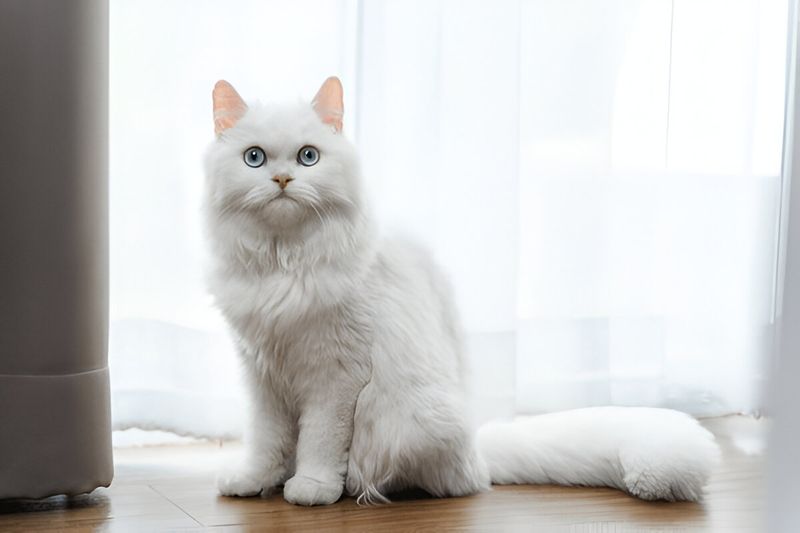
There’s a unique expression some cats have when they’re grieving—a sort of distant, empty stare. This isn’t just daydreaming; it’s a profound reflection of their sadness.
It’s as if they’re looking inward, processing their emotions in silence. This behavior can be heartbreaking to witness, yet it’s a testament to their introspective nature.
5. Retreating To A Safe Space
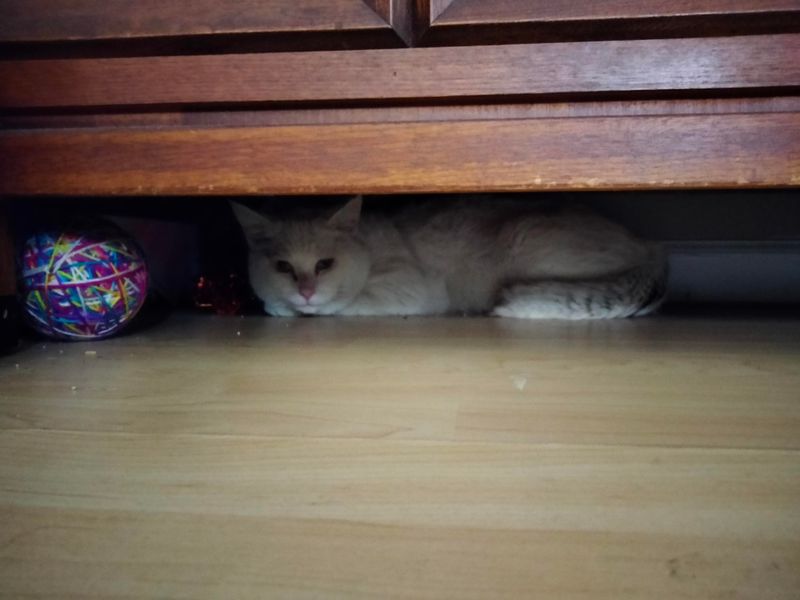
Cats often seek solitude when they’re feeling low. Retreating to a favorite hideaway, they find comfort in familiar surroundings. This behavior is their way of coping with grief.
In their chosen sanctuary, they quietly process their emotions, away from the world’s chaos. It’s a poignant reminder of their need for space and time to heal.
6. A Sigh That Speaks Volumes
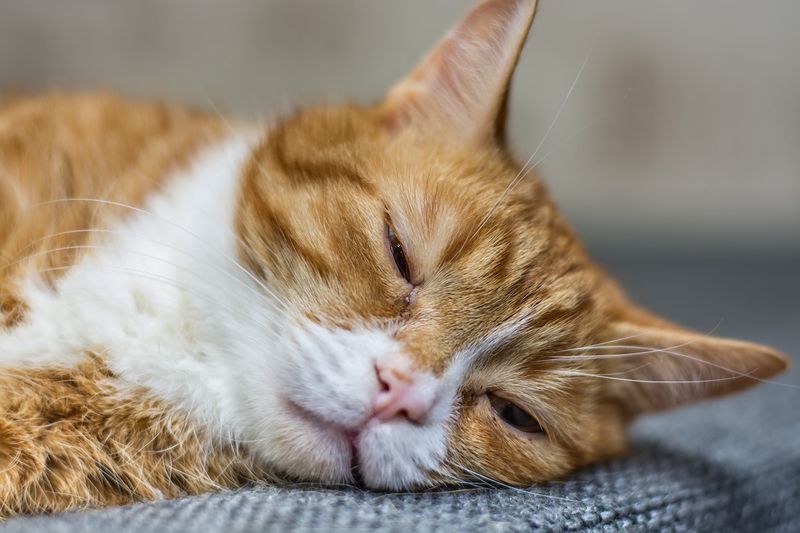
Have you ever noticed a cat letting out a deep sigh? This subtle gesture can indicate sadness or grief. It’s a physical release of pent-up emotions, a moment of vulnerability.
This quiet expression of sorrow is a rare glimpse into their emotional world, where a simple sigh conveys more than words ever could.
7. Lingering At Empty Spots
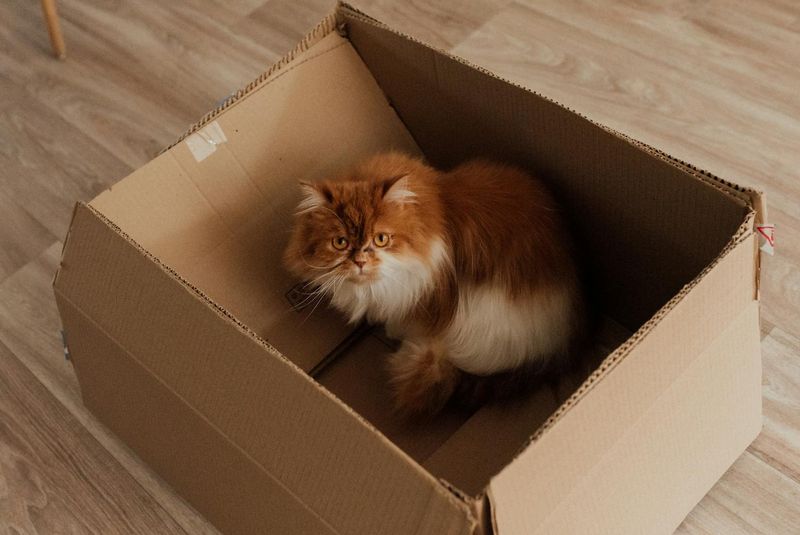
Cats have an uncanny ability to remember places associated with loved ones. Lingering at these empty spots is their silent tribute, a way to feel connected to what’s missing.
This behavior shows their emotional depth, as they revisit these places, hoping to capture a glimmer of past companionship. It’s a touching display of their longing hearts.
8. Grooming As A Comfort Ritual

Grooming is more than just cleanliness for cats; it’s a comforting ritual. When grieving, a cat might groom excessively, as if trying to wash away the sadness.
This soothing action helps them cope, offering a momentary escape. It’s their way of nurturing themselves through a difficult time, blending self-care with a hint of melancholy.
9. The Unseen Tears
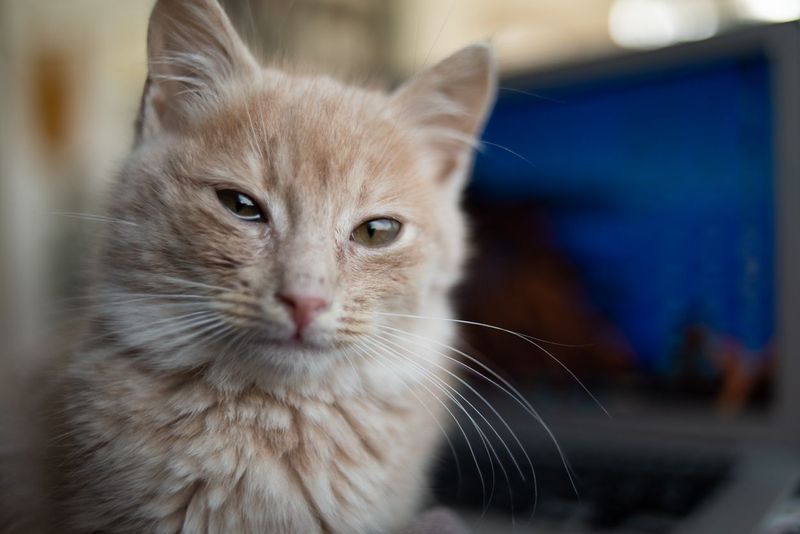
Cats might not cry like humans, but sometimes their eyes water, hinting at unspoken sadness. These ‘tears’ are a physical manifestation of their grief.
It’s a subtle sign, easily overlooked, yet it speaks volumes about their capacity for emotion. This quiet sorrow is an intimate glimpse into their heart, where feelings often remain hidden.
10. A Low, Gentle Purr
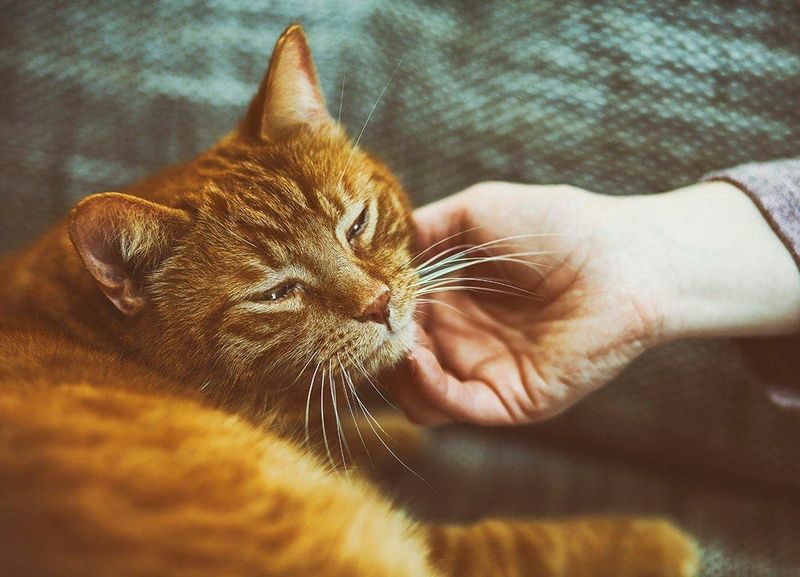
Purring is typically associated with contentment, but a low, gentle purr can be a source of comfort during grief.
This sound might be a self-soothing mechanism, a way for cats to calm themselves when feeling down. It’s a tender reminder of their resilience, where the purr becomes a balm for their aching hearts, offering solace in sound.
11. Waiting By The Door
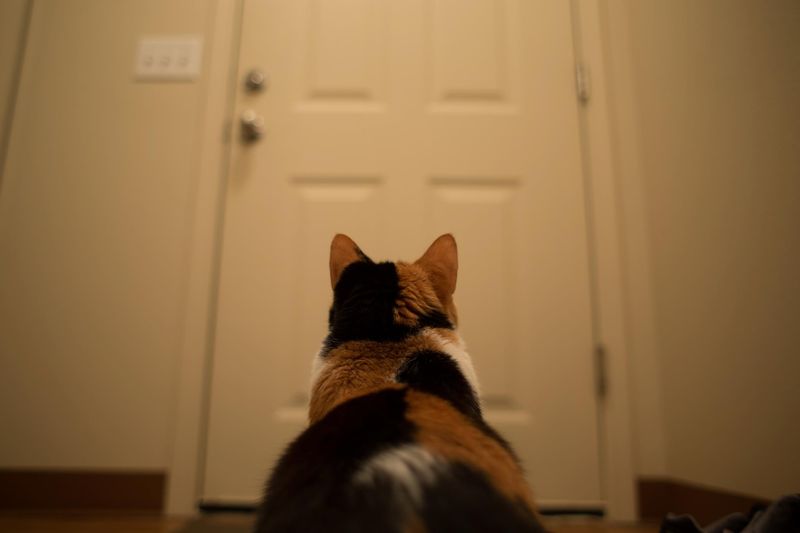
Cats are creatures of habit, and when they lose a companion, they might wait by doors, hoping for their return. This behavior is a poignant expression of their longing.
The silent vigil by the door speaks volumes, capturing their hope and heartache in equal measure. It’s a testament to their loyalty, even in the face of loss.
12. The Lonely Paw
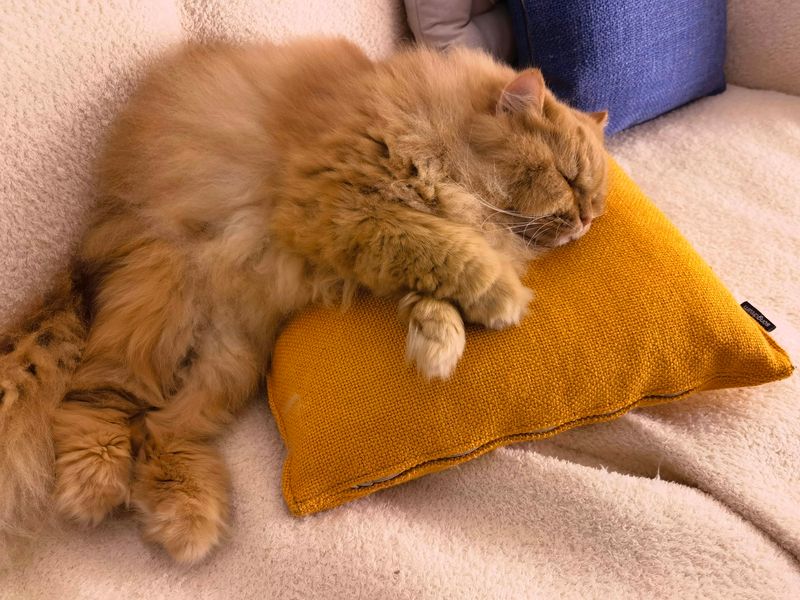
Sometimes, the simplest gestures are the most telling. A cat resting its paw on an empty pillow might be seeking comfort, a tactile reminder of what’s missing.
This behavior is a gentle expression of their grief, where a single paw conveys a world of emotion. It’s a touching moment that highlights their deep connections.
13. The Quiet Companion
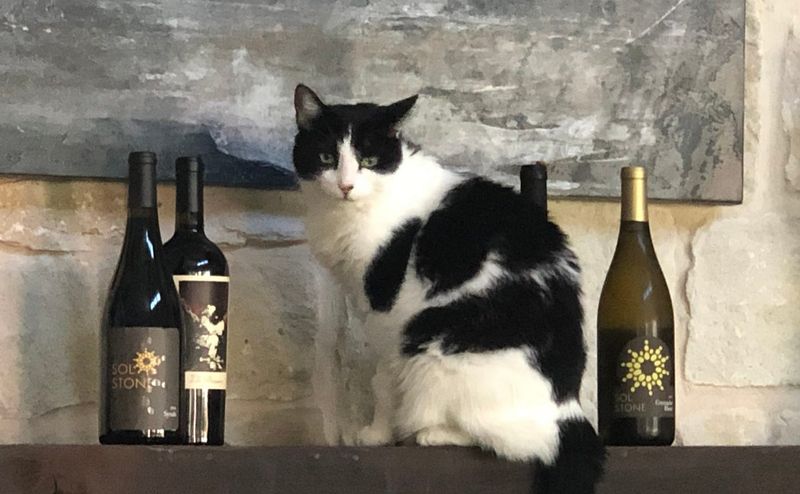
When a cat curls up next to a photo of a lost companion, it’s a silent homage to their bond. This behavior is a heartfelt expression of remembrance, where the absence is felt, but never forgotten.
It’s a quiet testament to their enduring love, showing that even in silence, their hearts speak volumes.
14. A Moment Of Stillness
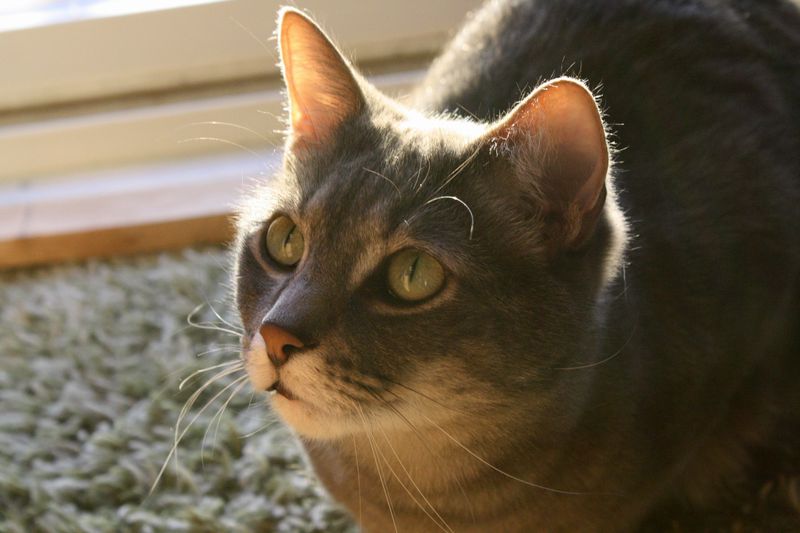
In moments of stillness, a cat might seem lost in a world of its own. This behavior often signifies reflection, where they process their emotions silently.
It’s a meditative moment, where the world fades away, leaving them alone with their thoughts. This quiet contemplation is a testament to their inner complexity and resilience.
15. The Echo Of A Meow
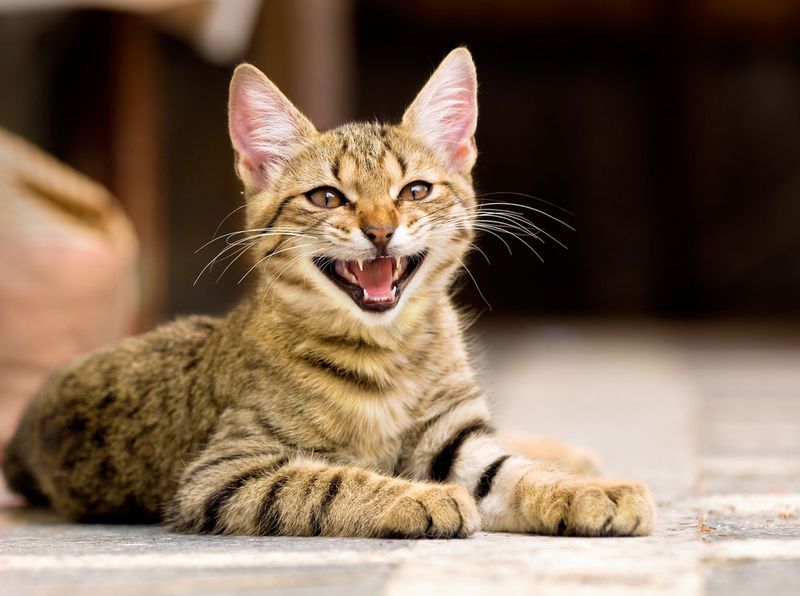
A soft, echoing meow in an empty hallway can be a cat’s way of expressing grief. This sound resonates in the silence, reaching out for a response that won’t come.
It’s a poignant reminder of their loss, where every meow is a call into the void, seeking comfort and companionship. This subtle vocalization is their way of coping with absence.

